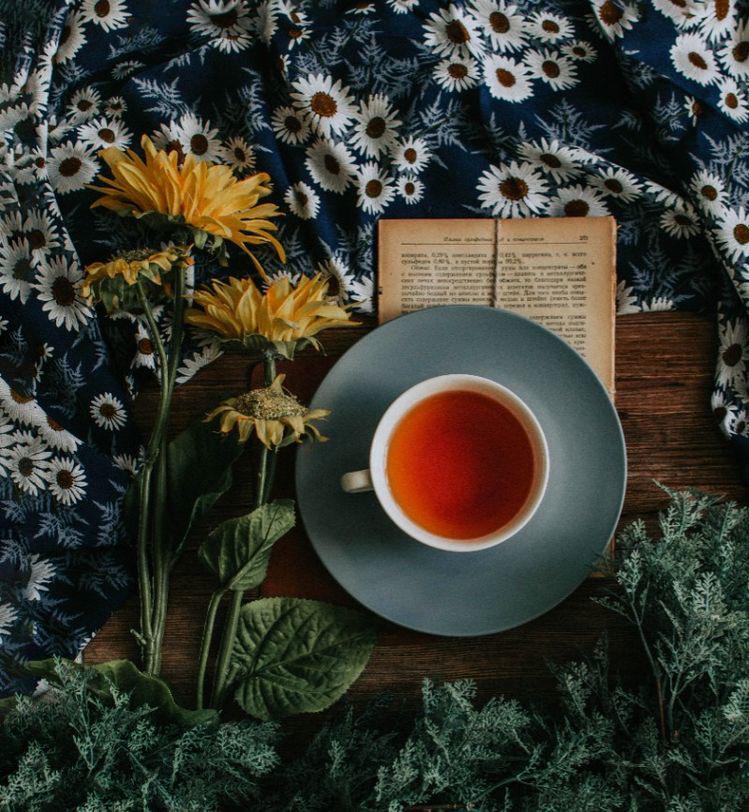
With the second lockdown and the dreaded second wave, the nostalgia for all the canceled travel plans and suppressed wanderlust is coming back out with a passion. But it seems all we can do about it is sitting at a window sill with a cup of hot chai in our hand and wish. Ironically, while we might not be able to travel, our cup of chai sure can, and has! The journey this beverage has taken across the globe is straight out of Alice in Wonderland!
Tea has traveled all the way from China to India to Britain and then Africa, where it remains a staple domestic beverage to date. We know it has been a beloved beverage across time and boundaries because we have records of Ibn Battuta, the Moroccan traveler, and scholar interacting with his contemporary, the Somali explorer Sa’id of Mogadishu. They both discuss the Chinese tea customs with curiosity and deem them to be symbolic of luxury!
Although tea in Africa was introduced because of Chinese trade relations in the 14the century, this trade was cut short when China decided to close off its borders to trade. All luxury items that were imported for the elite from China, like perfumes, silks, and teas, were cut cold turkey.
The trade resumed with the process of colonization and tea flourished in Africa as a crop solely due to the colonial need to find more land to bring under production. So much so that today Africa is among the largest producers of tea globally.
Here it becomes important that we note that despite the crop being introduced solely to correct European supply chain issues, it had so many far-reaching social impacts that it did not intend or anticipate. The first being, despite its history the native population has made tea feel absolutely at home! Just like in India, every part of Africa has a different way of drinking tea.
One major local tradition in northern and western Africa is Attaya. Attaya is a uniquely informal and lengthy tea ceremony, lasting up to 2-3 hours. The tea is served thrice in tiny glass glasses called kas (think desi tapri chai glasses). The tea is first brewed with very little sugar and a very little mint. The bitterness of the first cup marks the difficulties one goes through while growing up. The second cup is slightly sweeter with a strong mint flavor, as they believe is mid-life with love and marriage. The final cup is weaker with a lot of sugar and low tea flavor, symbolizing old age.
Another local legend is the smell of brewing mint keeps burglars away! This is apparently because the high caffeine content of the tea means people around the house are wide awake. The entire tea ceremony is a lengthy process, that is not to be rushed, and is also best enjoyed in larger groups. Therefore the scent of mint also means there are people around and will be for a while.
The entire process of brewing these cups in a large metal vessel over charcoal fire takes hours during which friends and family conversation flows. The tea is poured from a height into the small cups over and over till a thick foam is formed.
The second most popular type of tea is actually very close to masala chai. In areas around Kenya and Mauritius, black tea is boiled with water, milk, and sugar, and occasional spices like cardamom or clove. Some local variations are sometimes iced, or without milk and boiled with rose petals.
And in many African countries, like Egypt (that connects Africa to Asia), rose tea, mint tea, hibiscus tea among other herbal alternatives are a part of the local healing traditions, much like here at home.
So it seems, nobody really underestimates the potency of the traveling teacup, not even historical figures like Nelson Mandela. Notably, after serving 27 years in prison, when Nelson Mandela was released from Victor Verster Prison, he went ‘missing’. His convoy never reached its scheduled destination, a public square in Cape Town. Instead, he was found in a Cape Town Suburb, sipping tea with his shoes off.
To date, Mandela Tea is a popular beverage, sold mostly in urban areas as a modern take on traditional tea. It is a blend of leaves like honeybush and buchu with the signature African red rooibos tea. While Rooibos was briefly subjected to popular critique for not being a native crop, its popularity has come a long way.
Another thing that immensely helped the popularity of tea was the fact that it was one of the first colonial, labor-based industries to have women as integral stakeholders during the entire process. They were just ‘tea farmers’, not ‘wives of farmers’ as had been the earlier social identity. Since then, the tea industry has come a long way, both in terms of production and how well-loved it is as a beverage. It has found its niche and its space in the domestic and international beverage shelves. Most importantly, it has come to be associated as a home-based and homebound product, with a widely accepted homely and cozy vibe!